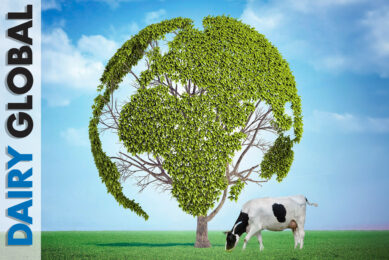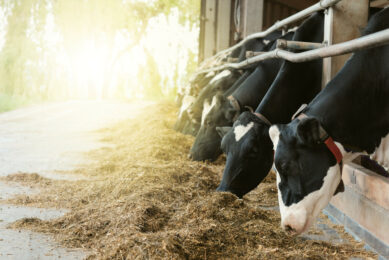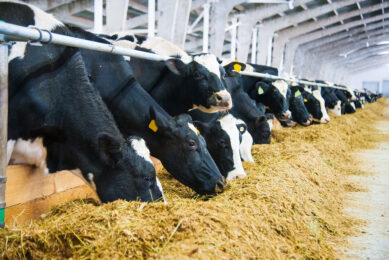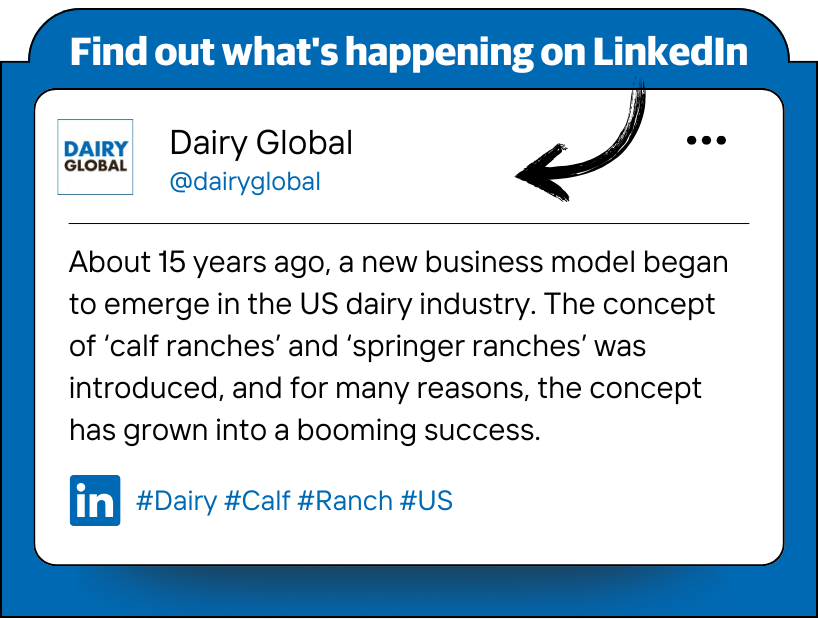Cow resistance is closely linked to dry period and start-up
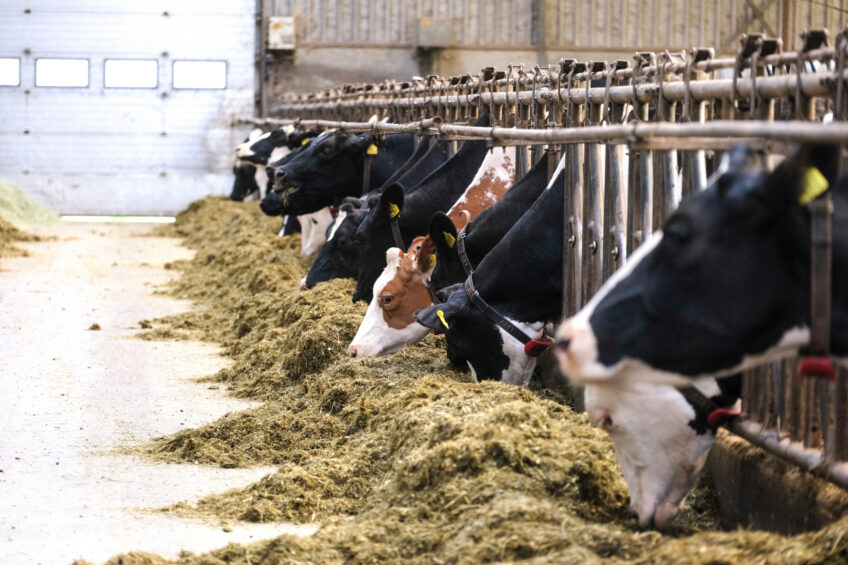
A significant proportion of the disorders in the first 30 days of the cow’s lactation originate during the dry period.
By taking measurements on cows in both the dry period and shortly after calving, management practices can be adjusted based on the results. This will increase the animal’s resistance and thus reduce the risk of problems.
This was stated by Saskia van der Drift, a veterinarian at Royal GD, and Mark van Kleef, an independent veterinarian and advisor at Klevet Koeienpraktijk, during a meeting on cow resistance, organised by Speerstra Feed Ingredients.
Nutrition and stress influence resistance
Cow resistance is influenced by nutrition, stress and other circumstances. Nutrition focuses mainly on the provision of nutrients. Stress is caused by changing groups, changing rations, calving and the start of lactation. The latter 2 factors are unavoidable; however, changing groups and nutrition can take place more gradually.
Measuring is knowing – dry period check
The basis is that a cow must eat enough in the dry period, preferably not too much, but certainly not too little – this will cause a negative energy balance and too low intake of protein and minerals. The different levels can be measured via blood values of the cows.
Royal GD does this via the Dry Period Check; Van Kleef works with the BoviLab, a portable measuring unit that can be used ‘on-farm’ and the result is known within a very short time. This therefore also forms the basis for consultation and advice to the farmer.
Energy balance and protein supply often too low
Figures from the Dry Period Check show that 13% of cows from which blood was taken have a negative energy balance before calving. This is reflected in the level of the NEFAs. Van der Drift indicates that this is not a Dutch average. After all, there is a chance that on average more companies with problems will participate in the study than livestock companies where the problems do not occur or occur much less. Another 28% of cows are ‘in the danger zone’ with regard to the NEFA values.
In the blood urea content, a measure of protein coverage, it appears that a quarter of the tested animals are too low. Van Kleef indicates that this does not mean that the ration is not good. Often that is not the problem. He notes that feeding is often not done properly, or that cows simply cannot reach the feed sufficiently. This may be because the feed is inaccessible, or because there are too few places to eat, which means that competition or hierarchy play a role.
Join 13,000+ subscribers
Subscribe to our newsletter to stay updated about all the need-to-know content in the dairy sector, two times a week.




